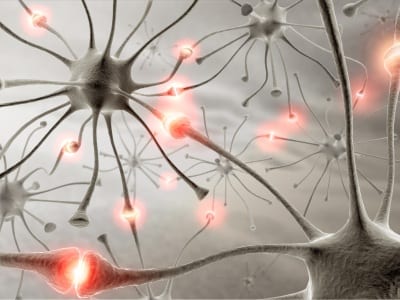
From your toenails to your hair follicles, every cell in your body contains genetic information.
Furthermore, each cell (except sperm and egg cells) contains the same genetic information as every other cell in your body. This all-cells-are-created-equal premise, however, is an oversimplification of reality.
Last week a group of researchers, headed by Dr. Faulkner from the University of Edinburgh, showed that the DNA in some brain cells is different from the DNA in other cells due to a genetic phenomenon known as retrotransposons.
Retrotransposons are small bits of genetic information that can move around and multiply themselves in the genome via RNA (a molecule similar to DNA). Imagine the DNA in your cells as a long sentence and retrotransposons as words in this sentence that can be copied and pasted to create new sentences. Suddenly, the genetic equivalent of “The rain in Spain stays mainly on the plain” becomes “Mainly the rain in Spain stays mainly on the plain” with the word “mainly” acting as a retrotransposon. Such extra copies of genetic information are common; approximately half of a person’s genetic code consists of retrotransposons. Sometimes the resulting new genetic sequence is functionally intact, as in the new sentence above. In other cases, however, the changes lead to genetic sequences that are less functional, the genetic equivalent of “The mainly rain in Spain stays mainly in the plain.”
Normally, biological mechanisms prevent retrotransposons from wreaking havoc on the DNA in our tissues — their activity is mainly confined to DNA in sperm and egg cells — but Dr. Faulkner’s team observed that retrotransposons are actively modifying the genetic code in our brain cells. This suggests that the genetic information in our brains changes during a person’s life and brain cells can become genetically different from one another, as well as from other cells in the body. While not a completely novel finding, their study presents some of the most extensive and convincing evidence so far of retrotransposon activity in the brain.
Faulkner’s team went further, however, and was able to identify where — both in the DNA and in the brain — retrotransposons were most active. They found that retrotransposons do not insert randomly within a cell’s genome, but rather they insert into the sections of DNA that encode for proteins more often than you’d expect by chance. One type of retrotransposon (L1 retrotransposons) seemed to be particularly active in and near genes associated with tumor suppression and neuron development, and in the regions of the brain associated with learning and memory.
This new study provides more evidence that retrotransposons play significant roles in human tissues and presents novel insights into their potential biological effects. More research is needed to determine what impact retrotransposons have on normal thinking and memory functions, as well as disease. Nevertheless, it appears that our genetic code, at least in the brain, is less static and uniform than previously believed.



